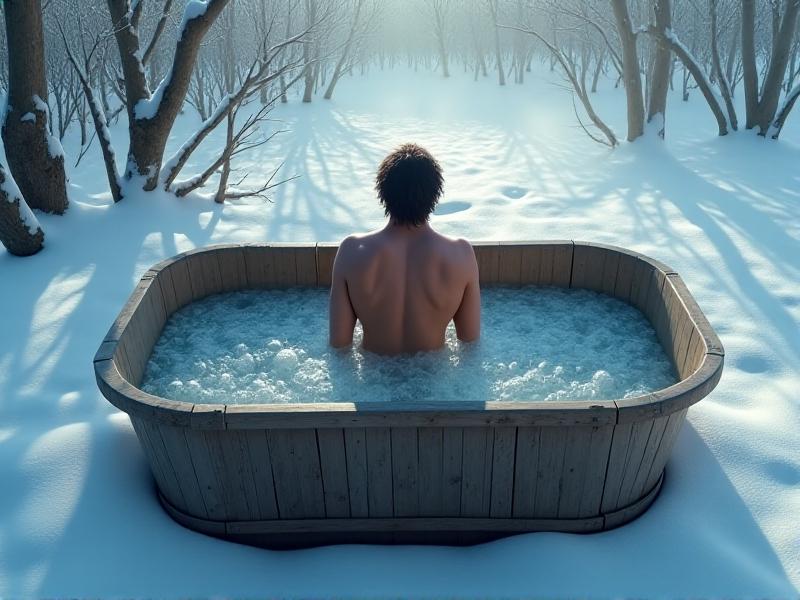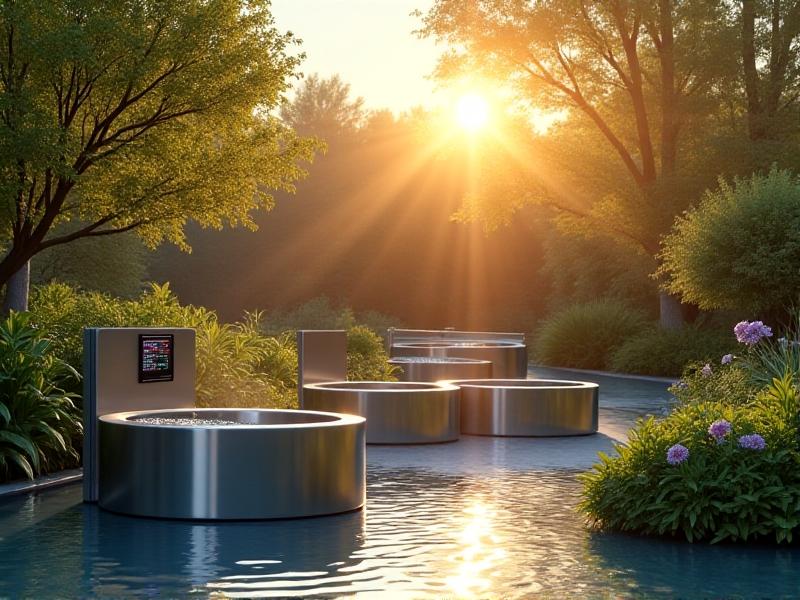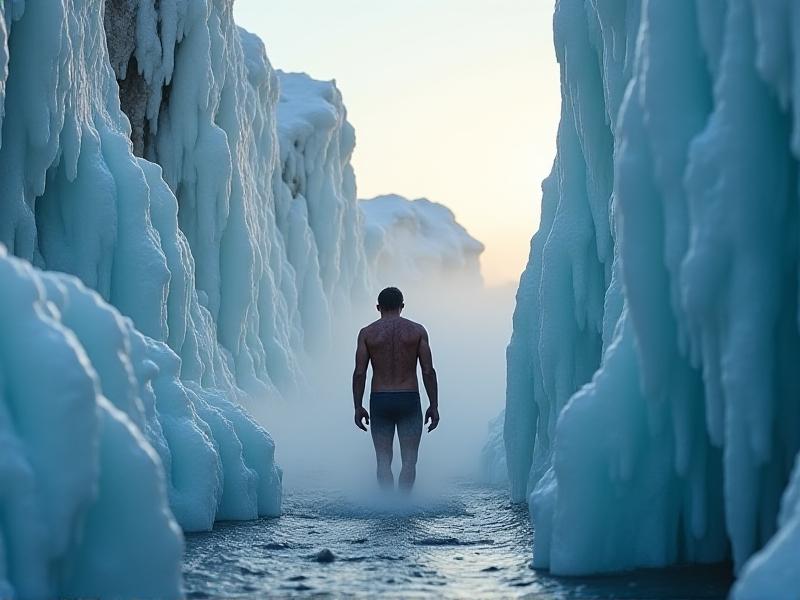DIY Ice Bath Construction for Urban Dwellers
The Rising Popularity of Ice Baths in Urban Environments
In crowded cities, where stress and physical strain are daily companions, ice baths have emerged as a go-to recovery tool for athletes, fitness enthusiasts, and overworked professionals alike. Cold therapy reduces inflammation, eases muscle soreness, and even boosts mental resilience—a perfect antidote to the urban grind. Unlike sprawling suburban homes, city apartments often lack space for luxury wellness setups, driving creativity in DIY solutions. Social media trends and biohacking communities have further propelled interest, turning makeshift ice baths into symbols of urban resourcefulness.
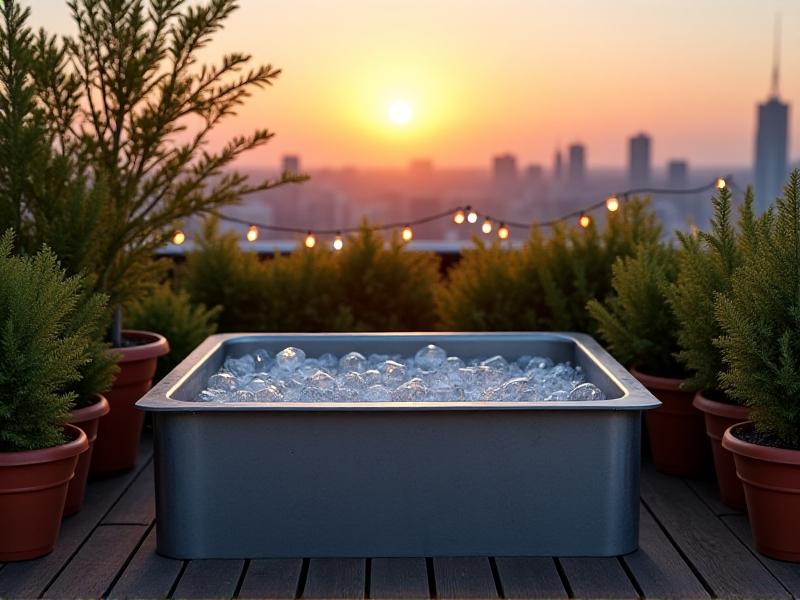
Assessing Space and Location: Maximizing Limited Urban Areas
Your first challenge is identifying where to place an ice bath. Balconies, bathroom corners, or shared rooftops are prime candidates. Measure your available area—a standard ice bath requires at least 3x3 feet. Consider weight: a filled 100-gallon tub exceeds 800 pounds. Reinforced floors or ground-level spaces are ideal. Noise matters too; avoid locations near neighbors’ bedrooms if using ice machines. Privacy screens or retractable curtains can transform even a cramped fire escape into a personal recovery zone.

Container Showdown: Stock Tanks, Freezers, and Creative Alternatives
Galvanized steel stock tanks ($150-$300) are durable but heavy. Plastic horse troughs are lighter and easier to insulate. For micro-spaces, repurpose a chest freezer ($200 used) with a temperature controller—this doubles as storage when not in use. Upcycled wine barrels add rustic charm but require waterproofing. One Brooklyn resident even uses an IKEA storage bin lined with reflective foam. Key factors: depth (aim for waist-high immersion), insulation potential, and drainage options.
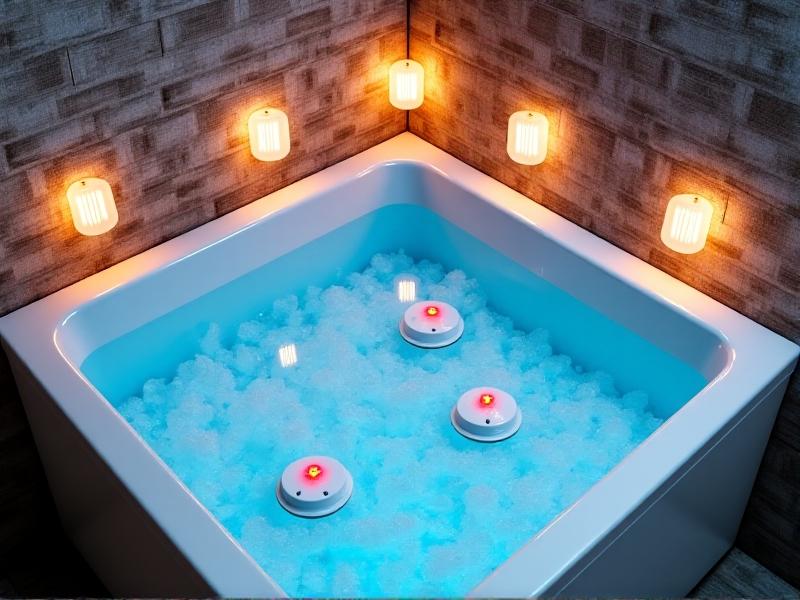
Building Your Ice Bath: A City-Friendly Assembly Guide
Start by leveling your surface—use rubber pavers for drainage on concrete balconies. Line the container with foam board insulation (R-value ≥5) secured by waterproof adhesive. Install a $30 submersible pump to circulate water and prevent stagnant zones. Add a PVC drain pipe with a ball valve for easy water changes. For chill consistency, some urban DIYers jury-rig a modified aquarium chiller ($400) to maintain 50°F without daily ice hauling. Always test leaks overnight before the inaugural plunge.

Maintenance Hacks for Space-Constrained Setups
Stagnant water turns foul fast in summer heat. Use a floating chlorine dispenser ($15) or UV-C sterilizer ($80). Empty weekly via sump pump into bathtub drains. For eco-conscious urbanites, biodegradable sanitizers like SpaChoice Enzyme work well. In freezing winters, prevent cracks by installing a livestock tank heater ($40) to keep water just above 32°F. Store collapsible tubs vertically behind doors when unused—one Seattle couple hangs theirs like wall art!
Micro Ice Baths: Solutions for Studio Apartments
When square footage is scarce, focus on verticality. A 36” tall rain barrel cut to 24” depth fits in shower stalls. Foldable cold plunge pools ($400-$800) like The Plunge Box collapse to 6” thick. Some Manhattan yogis simply fill their bathtub with 40 lbs of ice pre-dawn, using a fitted cover to retain cold until evening. For the ultra-minimalist, cold showers paired with cryotherapy gloves achieve partial benefits without any equipment.
Safety in the Concrete Jungle: Avoiding Urban Ice Bath Pitfalls
Never plunge alone—inform a roommate or use a waterproof smartwatch with fall detection. Limit sessions to 5-10 minutes, exiting immediately if numbness occurs. Post-plunge warming is crucial; keep a heated robe ($120) or thermos of ginger tea handy. Avoid alcohol-based antifreeze; opt for non-toxic propylene glycol if preventing freeze-ups. Check local codes—some co-op boards ban rooftop tubs. Always place non-slip mats underneath, especially on painted terraces.
Budget Breakdown: DIY vs. Commercial Urban Ice Baths
A basic stock tank setup costs $200-$500 plus $10 weekly ice. By comparison, The Cold Pod sells $3,000 self-cooling units. Savvy city dwellers split costs via neighborhood recovery collectives—five members sharing one $400 tub equals $80 each. Scour restaurant supply stores for discounted ice machines. One Chicago group partners with a local smoothie shop for free ice in exchange for social media tags. With creativity, urban ice baths become both affordable and community-building.

